My oldest son had a swim meet in Corpus Christi this weekend, and I was happy to get to head down there to watch (he did great!). Of course, he had to be at the team bus by 4:30am, which meant I was on the road in my own car in the wee hours of the morning. That part was less wonderful than wonderful, admittedly, but at least I had company — I got to migrate south with several flocks of birds.
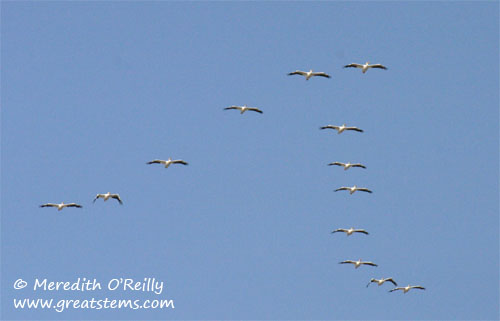
American White Pelicans in V formation
And when I arrived, my father-in-law treated me to a morning of coastal birding before the swim meet began. What a wonderful way to start the day, at least if you exclude having to get up before 4am to get out there, mind you.
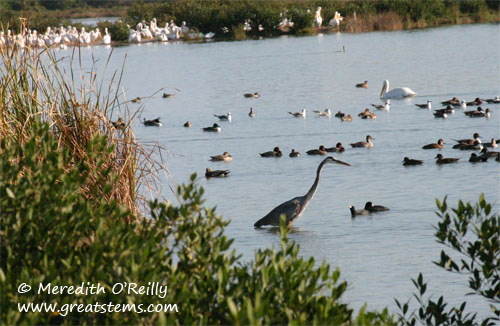
A boardwalk at the Hans and Pat Suter Wildlife Refuge let us walk fairly close to birds gathered in a small inlet. The Great Blue Herons commanded attention, of course, and ducks and White Pelicans were plentiful in number.
While we watched, a Great Egret speared and flew off with a fish. It had to get away from the other nearby Egrets lest they ask for demand a share.
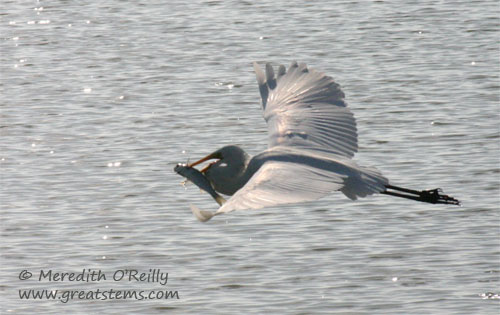
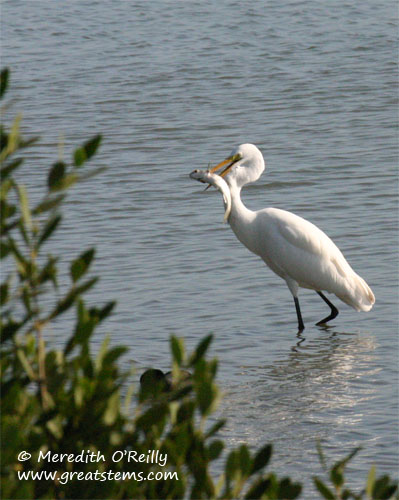
The Egret walked for a short while keeping the fish speared through its beak, and then it released it, grabbed hold again, and swallowed it headfirst to make sure the fish bones were in the proper direction.
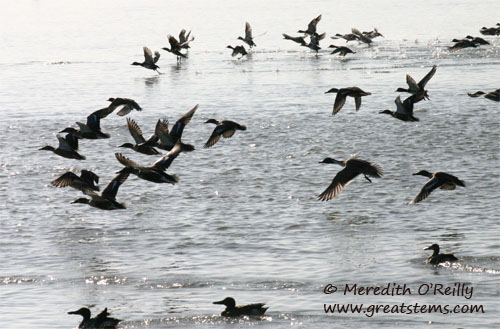
Ducks in flight — always breathtaking to watch
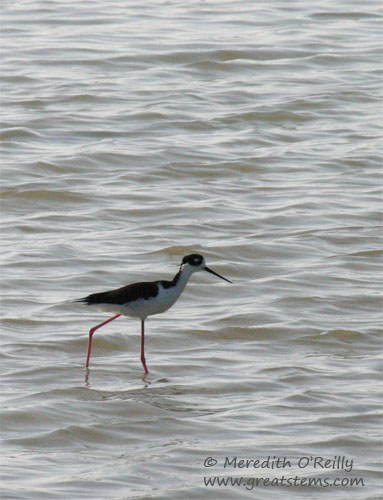 Black-Necked Stilt
Black-Necked Stilt
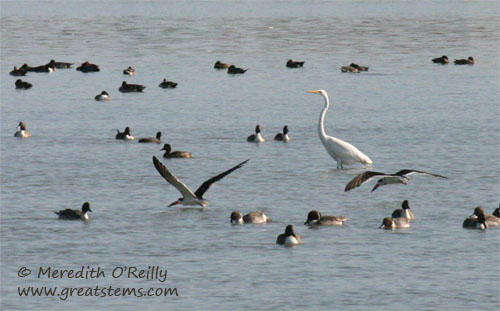
I think my favorite birds of the morning were the Black Skimmers, which flew low to the water’s surface while letting their lower mandibles dip into the water. Somehow they manage to catch fish this way, apparently.
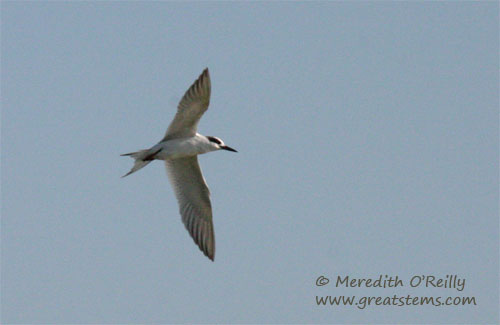 A Least Tern periodically hovered in the sky near us. It was quite vocal, too.
A Least Tern periodically hovered in the sky near us. It was quite vocal, too.
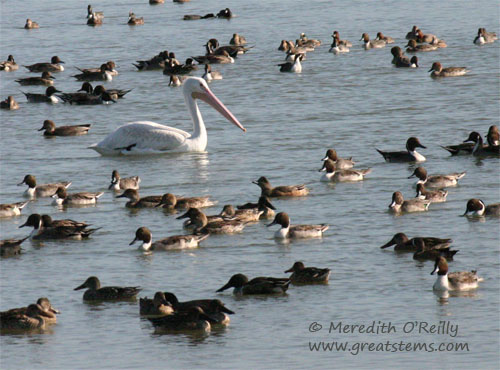 Ducks don’t seem that small until you compare them to an American White Pelican, which can have a wingspan of up to about 9 feet across.
Ducks don’t seem that small until you compare them to an American White Pelican, which can have a wingspan of up to about 9 feet across.
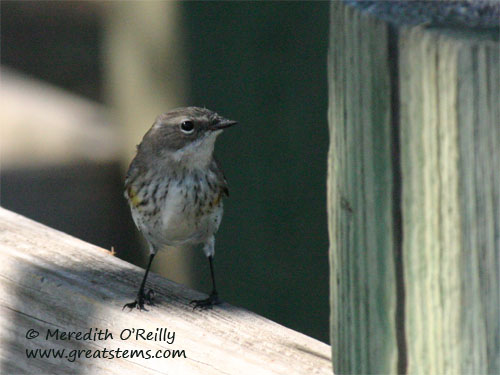
Walking back, we saw a Yellow-Rumped Warbler, which completely ignored us from the boardwalk until we got a little too close.
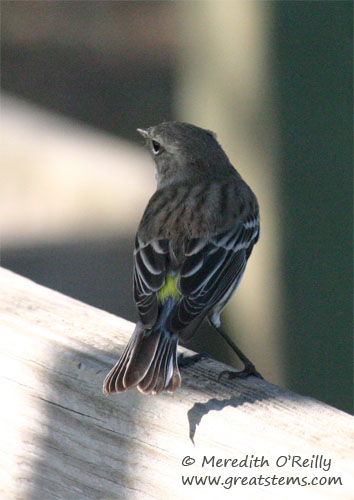
Guess how I knew it was a Yellow-Rumped Warbler?
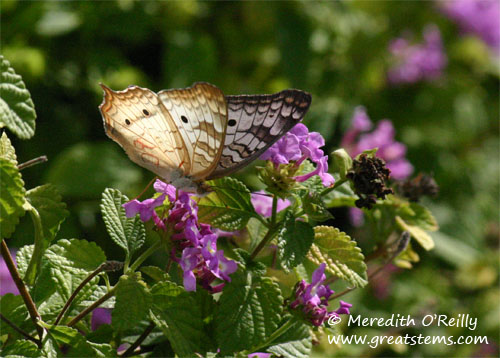
The butterflies were numerous, especially the Queens, Monarchs, and Sulphurs. Above, a White Peacock rests on Trailing Lantana.
Just to prove that we did manage to stop birding and get to the pool in time to watch my son swim, here’s a photo of our family fish.
 I told him he better swim extra fast if he didn’t want a Giant Egret to catch him.
I told him he better swim extra fast if he didn’t want a Giant Egret to catch him.
A big thanks to my dad-in-law for a very pleasant visit in Corpus Christi!
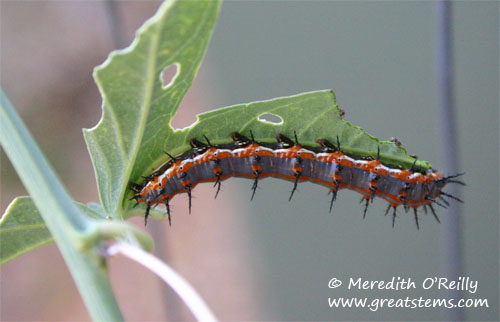
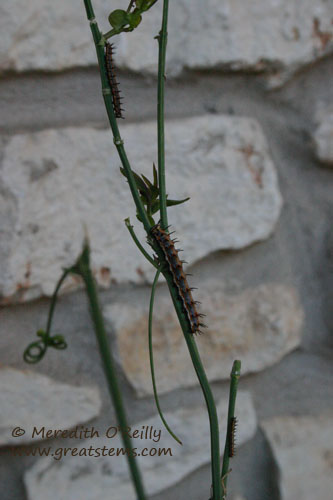 My poor plant, formerly known as “quite large,” has very few leaves left on it! Now I have to worry about the little caterpillars running out of food. My babies!
My poor plant, formerly known as “quite large,” has very few leaves left on it! Now I have to worry about the little caterpillars running out of food. My babies!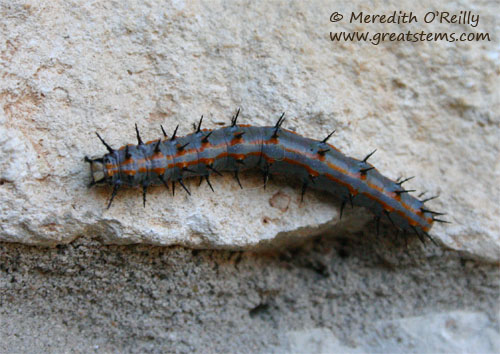
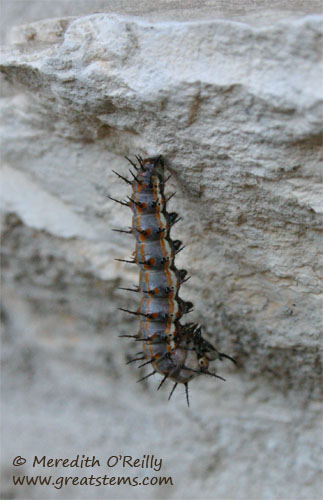
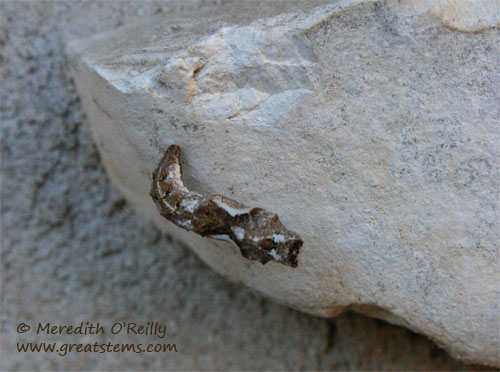
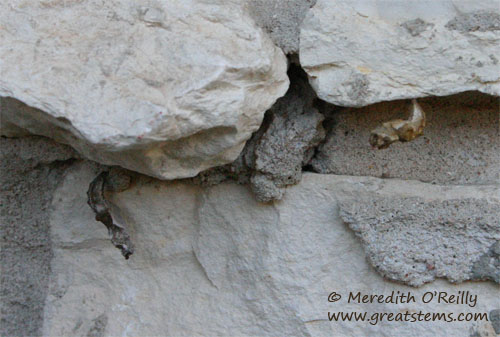
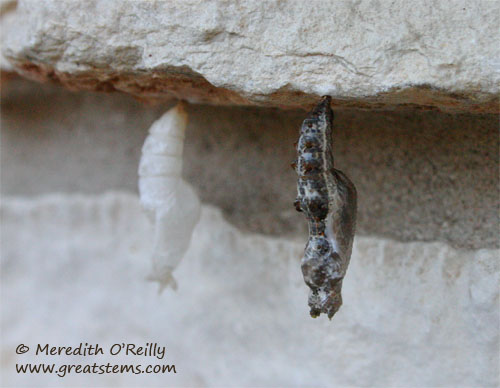
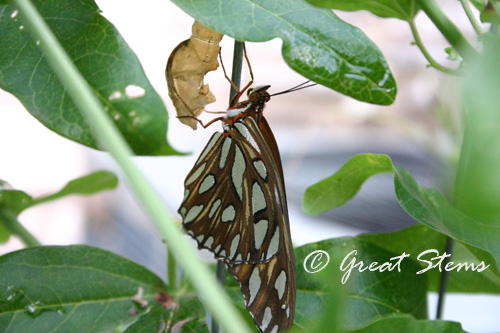
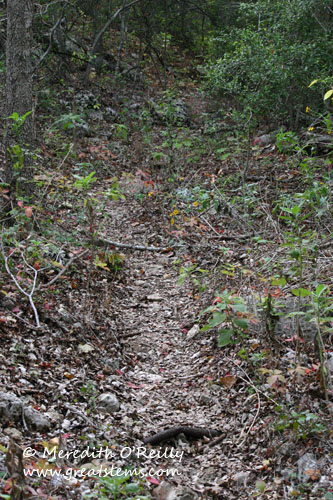
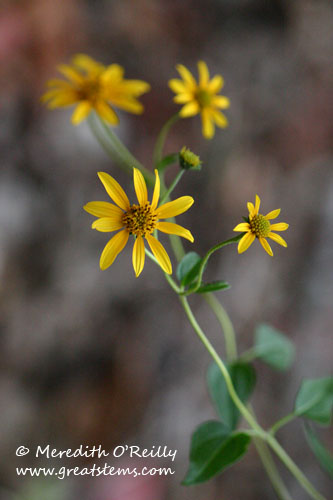
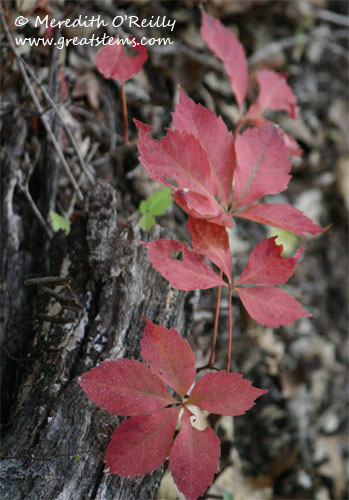
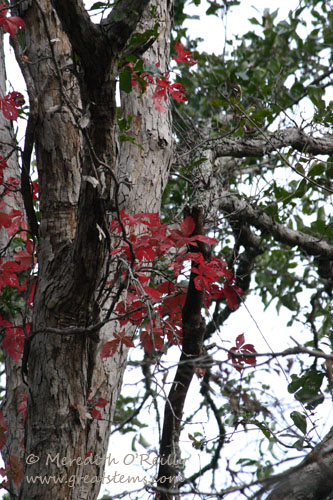
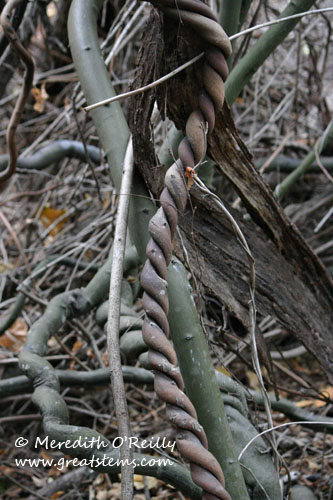
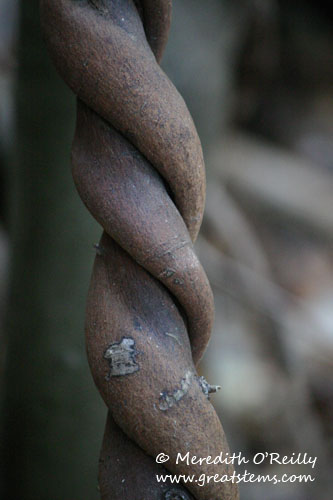
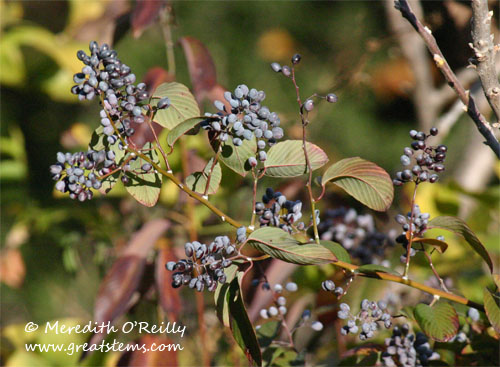
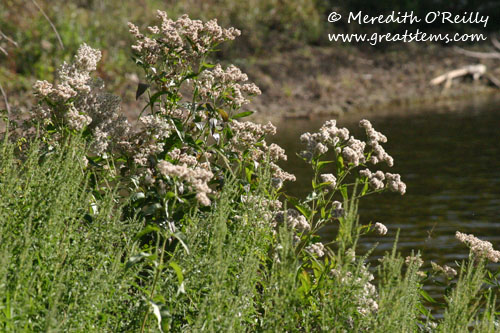
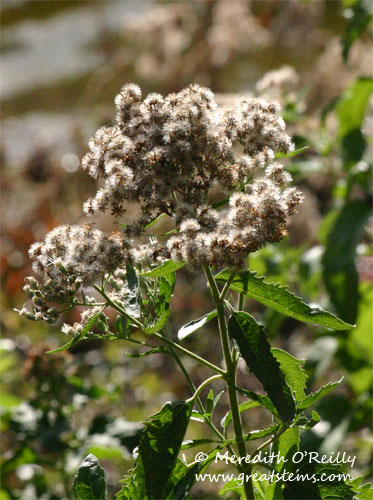
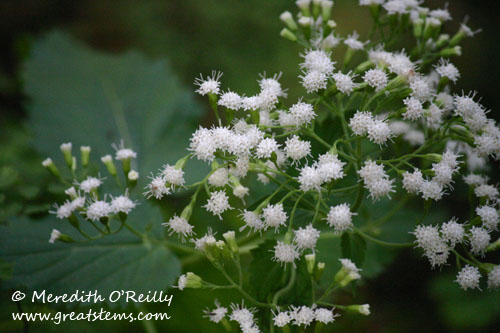
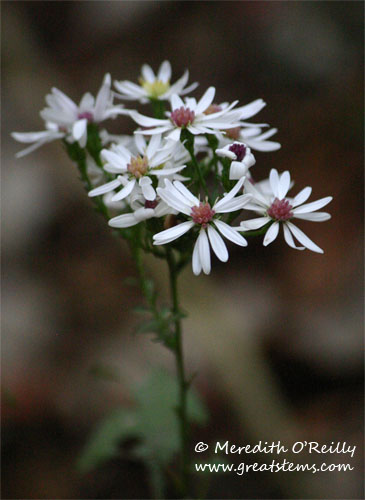
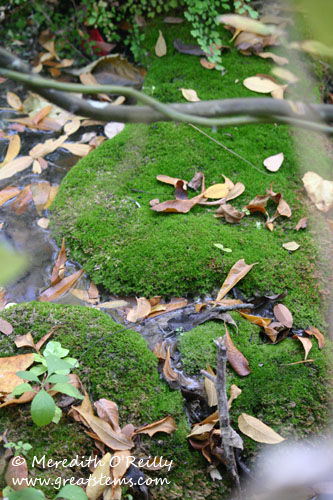
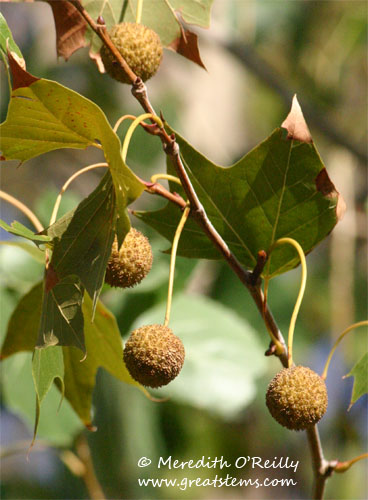
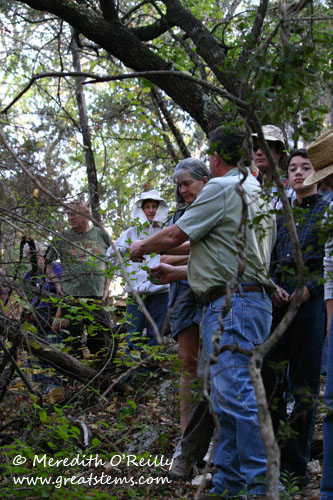
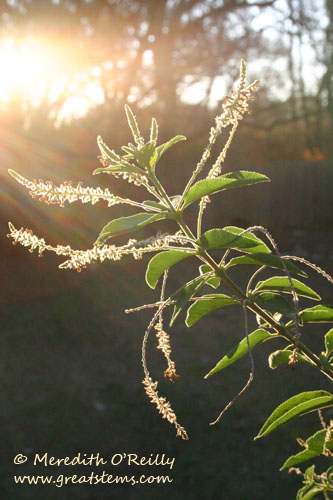
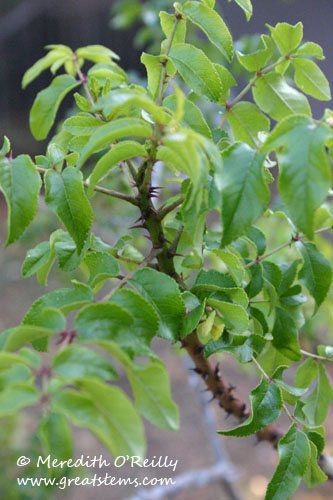

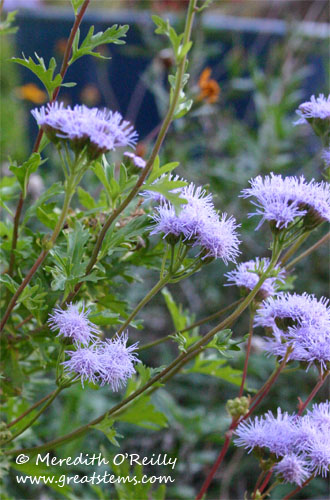 Also, I’m seriously overdue on giving my annual garden update. Pending, pending, pending! But I’m happy to be back at my beloved Great Stems, blogging once again! I know I only disappeared for a couple of weeks, but it felt like an eternity!
Also, I’m seriously overdue on giving my annual garden update. Pending, pending, pending! But I’m happy to be back at my beloved Great Stems, blogging once again! I know I only disappeared for a couple of weeks, but it felt like an eternity!